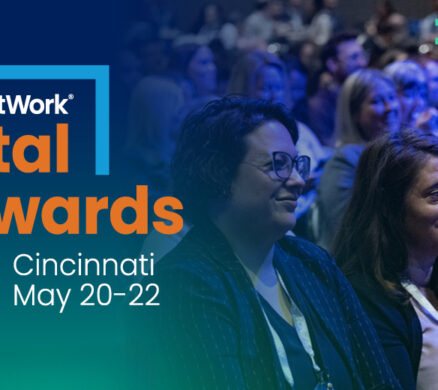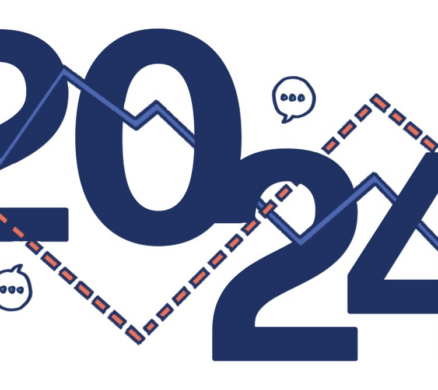
It’s tempting to avoid thinking about benefits communications for a while. We get it. Open enrollment takes it out of you; you need to catch your breath. However, don’t let too much time pass because the truth is the ideal time to assess your benefits communications strategy and plan for the year ahead is right after open enrollment. Things are fresh in your mind: the things you definitely want to do again, the things you wish you’d done differently and the tools with which you want to equip employees in the coming year.
We encourage you to consider these four steps as you communicate post-OE:
1. Debrief over OE
Schedule a meeting with your team (internal and external) to discuss what went well with open enrollment and what could have gone better. Don’t stop there, though. Consider formally or informally gathering feedback from employees, too. Ask them what was helpful during OE and what sort of communications would be beneficial the rest of the year after they’ve made their benefit choices. If you have any internal data, it’s also helpful to evaluate the best communications methods: email, intranet, home mailings, etc. Gathering this info is useful not only for developing your communications strategy but also budgeting for it.
2. Set the path ahead
The best way to begin 2022 is with a plan. Create an employee engagement strategy to ensure employees understand their benefits and are equipped to use them effectively. Consider a specific goal for each quarter, overarching messages and the best tactics for communicating to employees.
Need ideas to get started? Read our Begin Well: 10 Benefits Reminders for 2022 blog.
3. Consider interactive communications
Throughout the year, communication should focus on the value of benefits and how best to use them. However, employees often don’t learn the ins and outs of a benefit until they need that benefit. It’s helpful to have a repository, or resource tool, where employees can go whenever they need to get an overview of a benefit and answer their basic questions about how it works. One of the best ways to do that is with the Virtual Benefits Assistant. Westcomm created this technology-based tool to allow companies to make their benefits information available—year-round, on-demand— in an interactive and visually engaging way that is memorable and actionable.
4. Commit to year-round communications
Benefits are used year-round, so we should be talking about them January through December. Create a consistent stream of communication that conveys the value of each benefit offering and, specifically, what it does for employees. Keep messages brief and easy to understand. Change up the communication vehicles, too: articles, intranet banners, postcards, videos, emails, etc. Together, all of this creates a better benefits experience for employees.
So, you’ve caught your breath! Now, focus and get down to business—you’ll be glad you did! And if we can help, give us a ring. We’d love to chat with you.





